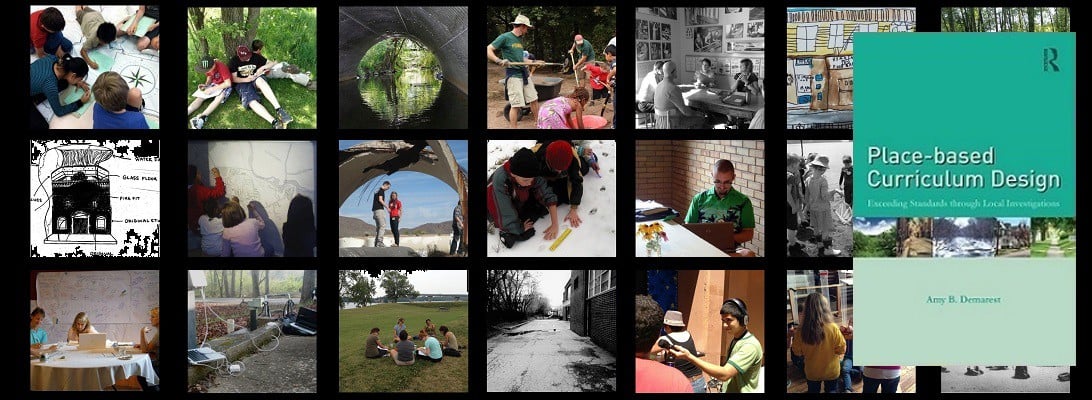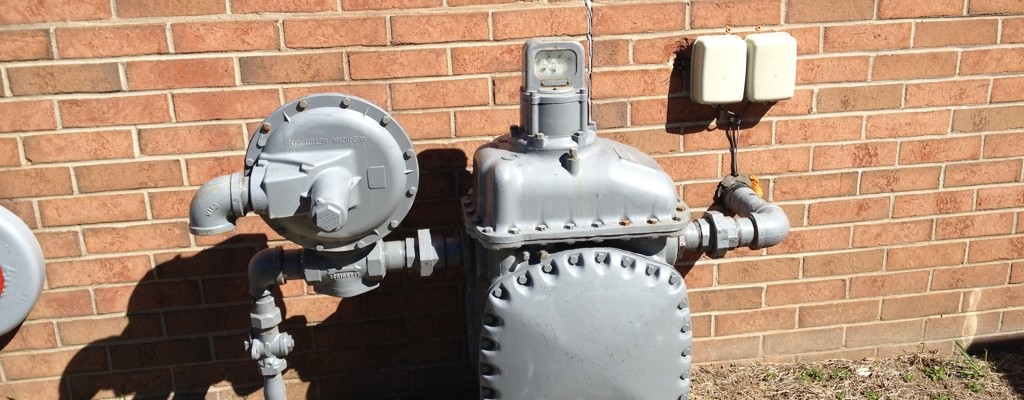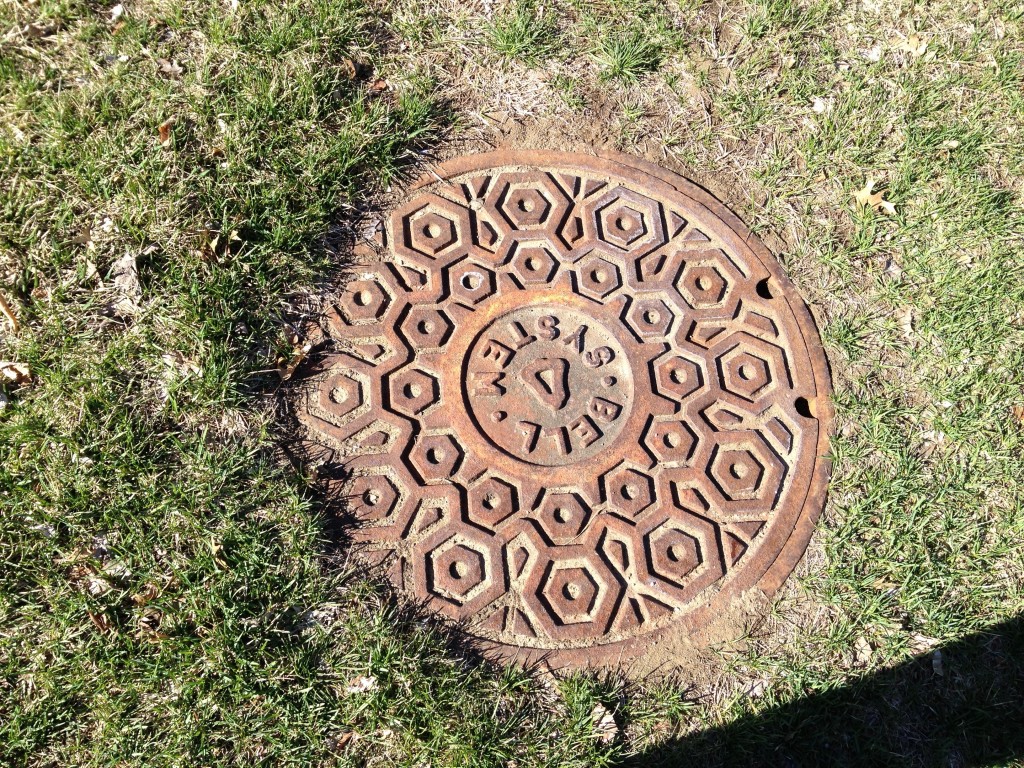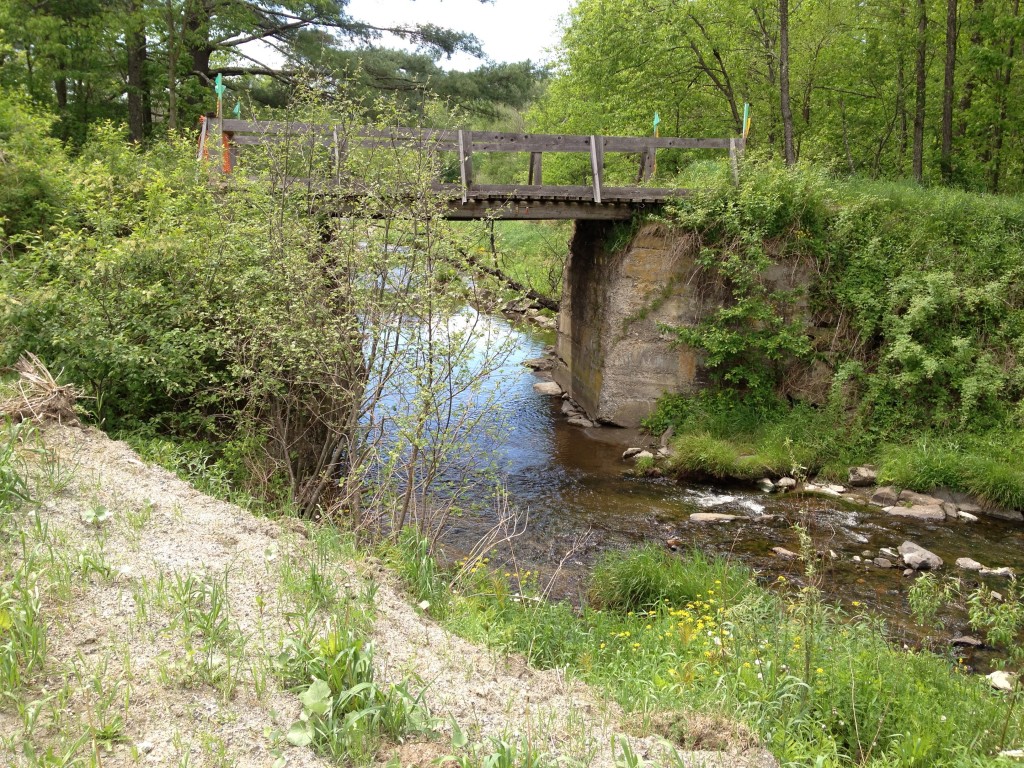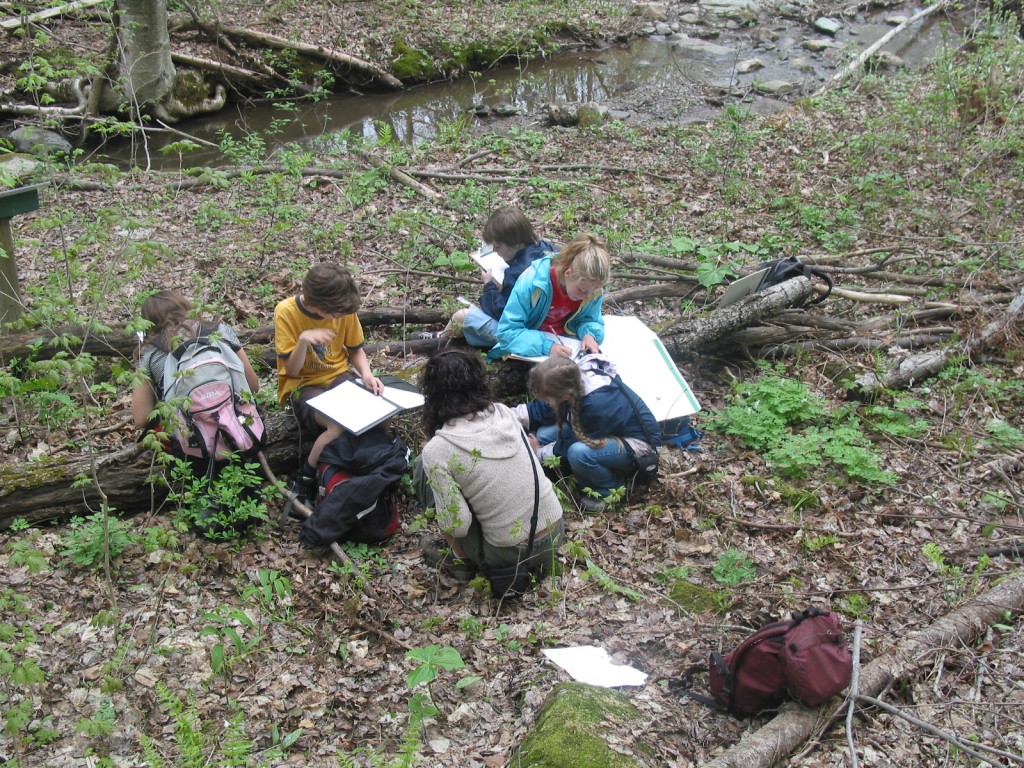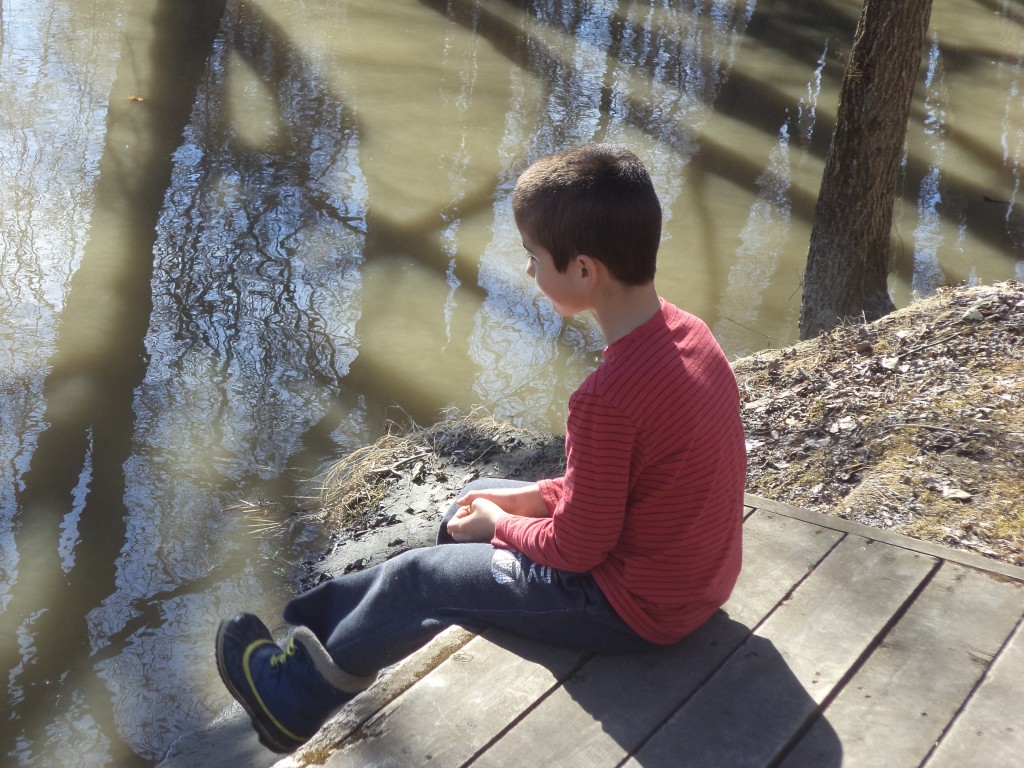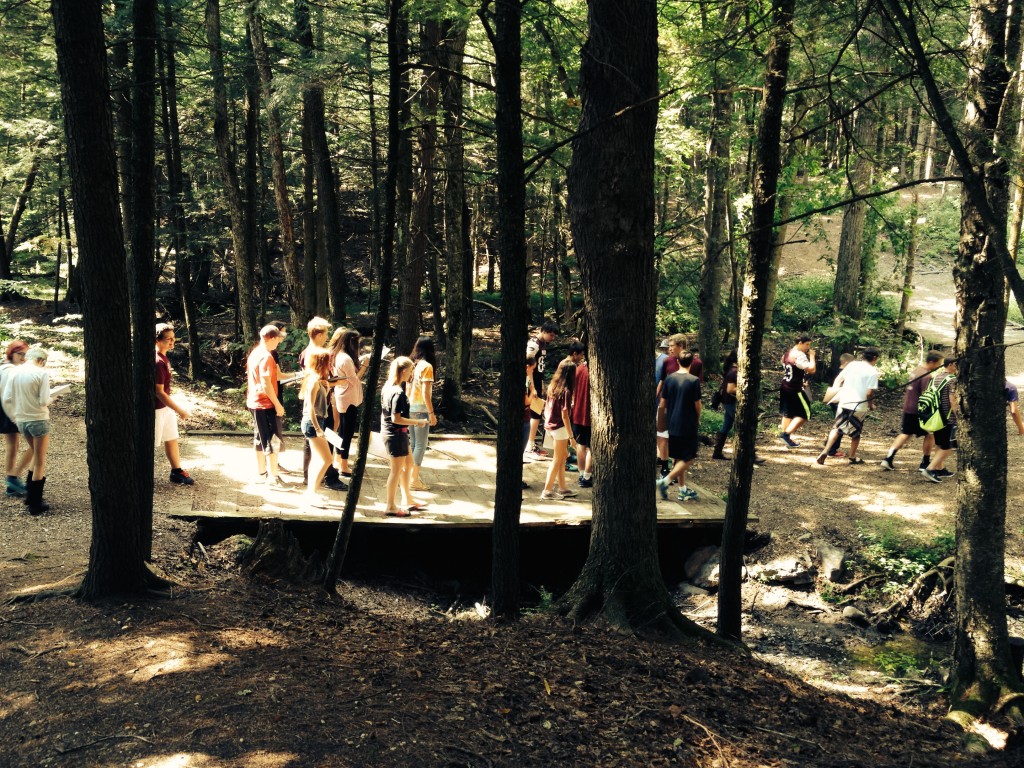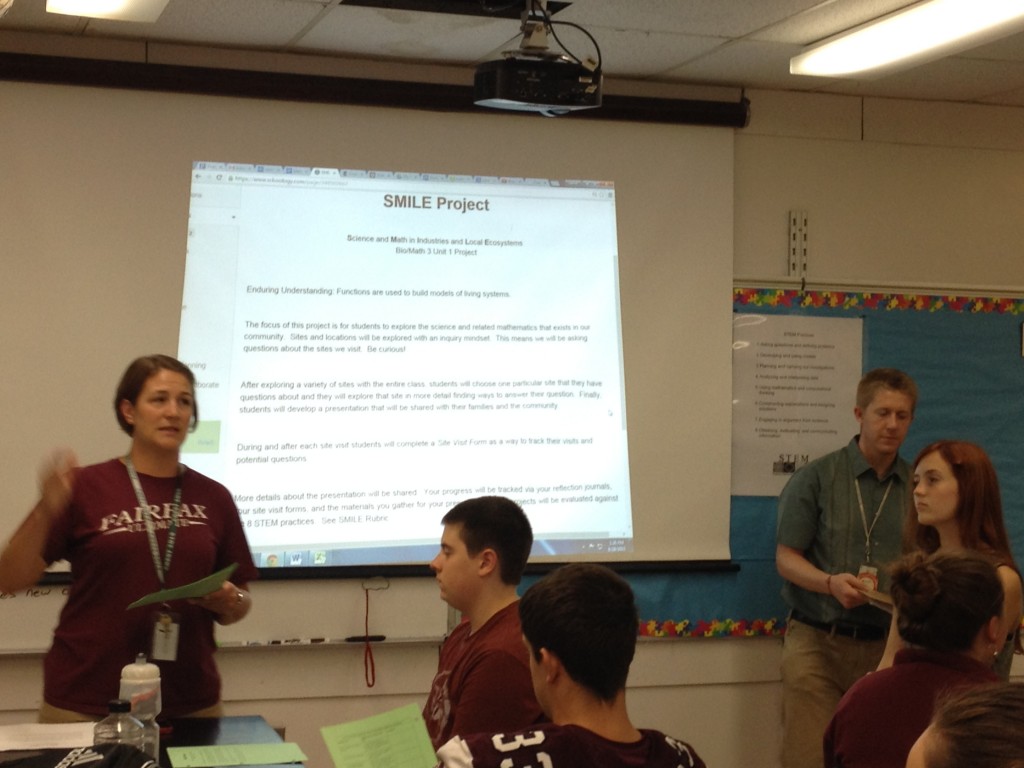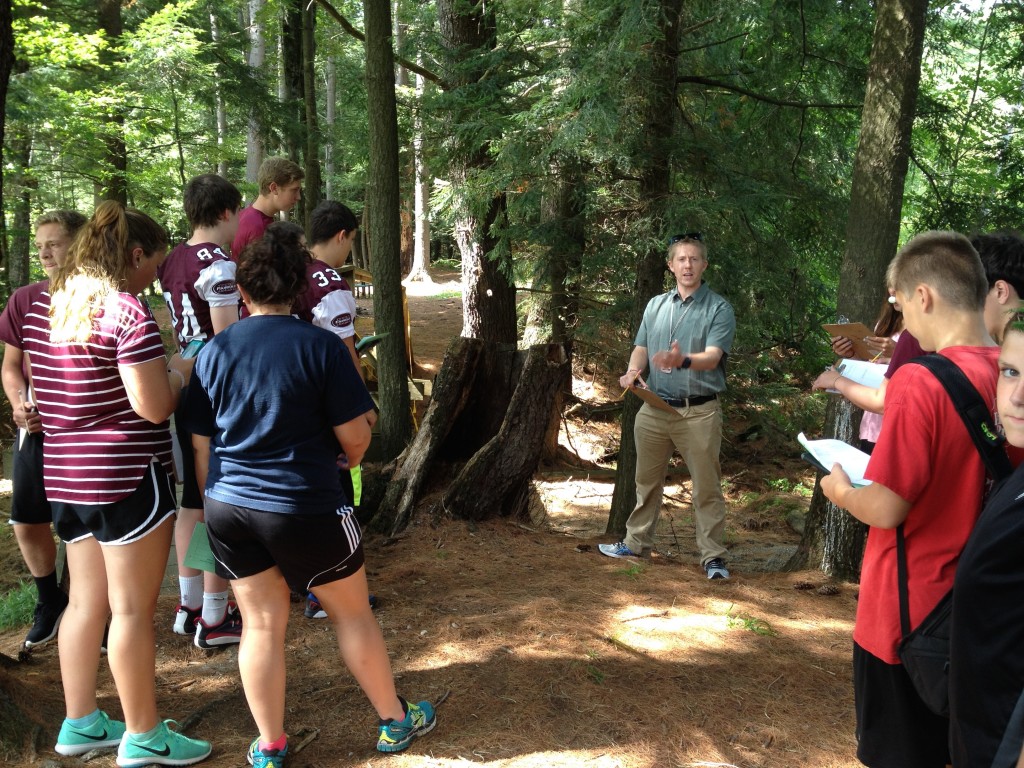Note: this is a special blog written for Ethan Lowenstein’s [https://twitter.com/lowensteinethan] students at Eastern Michigan University who are involved in a pilot of EMU’s Urban Place-based Education Program. Click here and scroll down to the Comments section to see the dialogue between me and Prof Lowenstein’s students
Greetings Michigan!
I am delighted to be writing to you about an aspect of place-based education that I find most compelling. I commend each of you for reaching this exciting portal of your career. Much of the edgier, most relevant work in place-based education is happening now in urban environments and it must be thrilling to be part of it. I live in Vermont—and have learned mostly in natural environments. But lately, I think more about the built environment and how humans interact in those environments than I do about leaf patterns and mosaics of wildlife. Still, let’s not get into an either/or analysis—it is all connected!
These are the thoughts I would like to share with you:
So many things that make up our everyday life have hidden stories, we just never stop to think about them. Storm drains, windmills, clothespins, bicycle gears. There are so many things that are part of life that we don’t stop and pay attention to. When we do it changes how we understand things.
One of the things that I keep loving about place-based education is that teachers and students continue to discover new things to learn. There is always a new way to look at something or a way to discover some other part of the puzzle that all of a sudden becomes important.
I think the discovery of these things not only steers us to think about the thing differently, it makes us be better learners, noticers and interpreters all around. Philosophers as well as educators have written about this special aspect of learning. Progressive thinkers—philosophers and educators alike—agree that authentic learning involves some excitement and some surprise.
I hope you recognize this kind of feeling in your own experience. When you say: “Wow — I never noticed this before and I walk by it every day.” Or: “This makes so much sense—I never stopped to figure it out.” “I get it!” And then after these moments – you have new eyes for seeing what is around you. Why can’t these “moments” be part of school?
Culverts have been an interest of mine for a while. Somehow they have gained a special place in my thinking – representing one of those things that we all should pay attention to. So I was pretty thrilled when –at the start of a course I teach called Watershed for Every Classroom http://watershedmatters.lcbp.org/ — I had a conversation with a teacher (Alicia Hanford) about her interest in culverts and her thoughts about basing a curriculum unit on them. Her community of South Royalton, Vermont had been battered from Hurricane/Tropical Storm Irene the previous year (2011) and her own awareness of what water could do had changed radically.
We talked a lot in that first conversation about how you would teach young learners about culverts. Teachers in the Watershed for Every Classroom program work on their curriculum projects from July to the following May. During the year I saw bits and pieces of Alicia’s unit—I was impressed by the various activities that she was considering and how she continued to “unpack” this complex problem. What essential question would frame her unit? What would students need to know, do and understand to grasp the multi-faceted ways that people deal with water issues? There was no pre-written prescription for this….no other units on culverts….no texts already written. But she persevered and the result was outstanding! Her final essential question with which she organized her thinking was: “How do people in our community try to manage or solve river related water problems?”
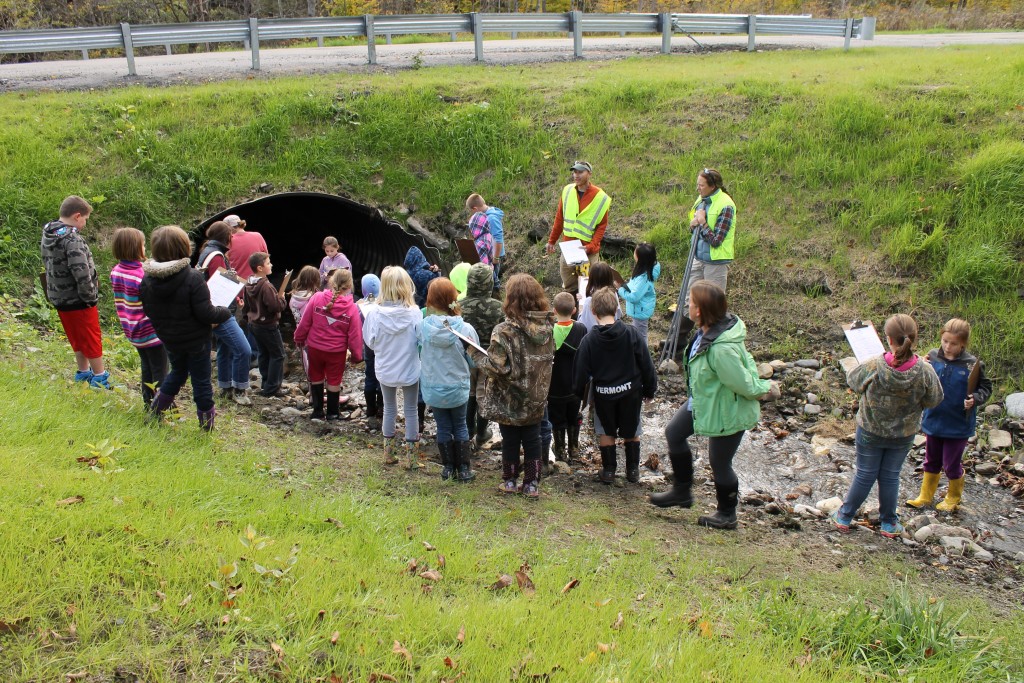 Culverts are things that we drive by and over every day. They manage and control—and in many cases hold at bay – raging waters. I started thinking about culverts in my fifties…what would it mean for students if they learned about these dynamics in elementary school? What if they had a whole different perspective on the power of water—and a more vibrant view of how people work together and make decisions for the benefit of their communities? Especially in this ever-more-challenging climate?
Culverts are things that we drive by and over every day. They manage and control—and in many cases hold at bay – raging waters. I started thinking about culverts in my fifties…what would it mean for students if they learned about these dynamics in elementary school? What if they had a whole different perspective on the power of water—and a more vibrant view of how people work together and make decisions for the benefit of their communities? Especially in this ever-more-challenging climate?
One of the things to which Alicia attributed her success was the support of a friend who worked in natural resources. This friend had a lot of knowledge about the many logistics of building and maintaining culverts and the kind of thinking and analysis that had to be used. This an impressive aspect of this unit—and it aligned with the STEM design standards! As the new NGSS standards suggest, the many ways that “real people” solve problems can be explored by young people… so that they grow up with abilities and attributes that allow them to be problem-solvers in real life! This seems elementary. But it actually is somewhat profound! We often keep students from learning complex thinking because they aren’t dealing with authentic perplexities. But there they are — all around us!
This was also an example of an “authentic community partner!” This is something that the “experts” of place-based education recommend. But it is a challenge for teachers. This particular collaboration grew from a friendship, but the school also made connections with the local watershed group—a citizen-based group that had a vested interest in helping young people better understand water problems. It was their “culvert analysis” process that the students used to learn how to assess what kind of culvert should be installed at what location. This wasn’t “assimilated problem-solving” – this was the REAL THING! Alicia writes: “The White River Partnership comes into the classroom to discuss how humans coexist with the natural world in terms of managing water.
We discuss different reasons why water needs to be managed; we then discuss installing culverts to create roads. The White River Partnership teaches the students about culverts and flooding. The students learn about bankfull, the math behind choosing a properly sized culvert, the material needed / preferred, the cost and whether or not the culvert is “fish friendly.”
Alicia did an amazing job finding ways for her students to engage with the local landscape. This kind of learning I define with a “Sites of Engagement” lesson plan. It is a format in which teachers can identify the place where their students can grapple with a big idea and work towards an outcome that reflects that new learning. Alicia writes of her plan to visit a site where students could examine culverts up close:
“With the White River Partnership and parent volunteers we take a trip to a culvert that has been rebuilt since it was destroyed during Hurricane Irene. While at our “site of engagement” on Broad Brook the students take the knowledge they learned from the White River Partnership and apply it in the field. The students have a field sheet that was put together by the White River Partnership with input from teachers at a training we (teachers) attended the previous year.”
“The larger outcome/ plan of this field trip is to help the students realize what goes into installing a properly sized culvert, including material, cost, with minimal impact on aquatic life and how humans can manage water with the least amount of disruption to the natural flow of water to avoid flooding in the future.”
NOTE: Her “site of engagement” lesson addresses the Next Generation Science Standard Grade 4 ESS3-2 – Generate and compare multiple solutions to reduce the impacts of natural earth processes on humans. As well as Next Generation Science Standard Grade 4 ESS2-1 – Make observations and / or measurements to provide evidence of the effects of weathering or the rate of erosion by water, ice, wind or vegetation.”
Teaching a unit like this is a complex business. The teacher has to be a self-motivated learner, be brave, orchestrate many different pieces, be organized and creative….so many things! I bet you could make your own list of what it takes to invite your students into this kind of learning!
The important thing to realize, is, I think, how many opportunities there are for this kind of adventure. Follow your own learning and interests. Follow your heart. The most satisfying learning journeys you take will be fueled by the things you love and care about.
The culvert unit is set in rural Vermont. How do people in large cities solve water problems? Have you ever seen a rain garden? I once saw an intriguing diagram by a hydrologist/ engineer of a plan to plant trees on city sidewalks. The tree got enough water, the sidewalk not too much. I invite you to walk around your neighborhood and think about how water moves and what humans have done to manage its ways.
I wish you well in your chosen career path and hope it includes some wonderful adventures outside the classroom!
Thank you Professor Ethan! I look forward to the conversation!
NOTE: Alicia Hanford’s complete unit overview will be online soon at the Curriculum Library on Watershed Matters— http://watershedmatters.lcbp.org/curriculum_library.html
